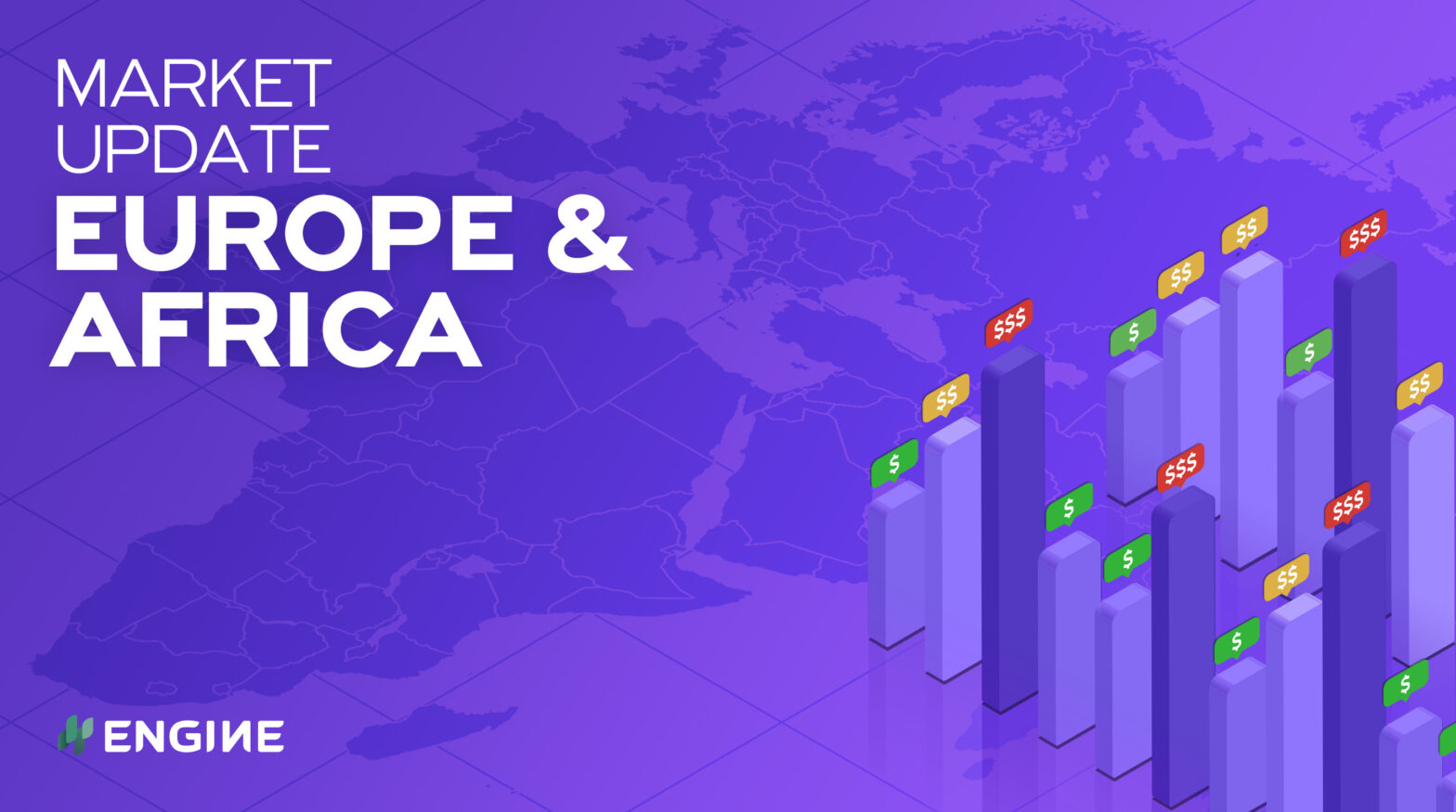Bunker prices continue to rise across European and African ports, and supply in South African has come under pressure from mass violence and heavy unrest.
Changes on the day to 08.00 GMT today:
- VLSFO prices up in Rotterdam ($10/mt), Durban ($8/mt) and Gibraltar ($6/mt)
- LSMGO prices up in Rotterdam ($10/mt), Durban ($6/mt) and Gibraltar ($5/mt)
- HSFO prices up in Rotterdam ($7/mt) and Gibraltar ($5/mt)
Operations at the Port of Richards Bay have been halted since Monday because of unrest threatening the port’s workforce. No vessels are expected to enter Richards Bay until the situation improves, sources say, while the ports of Durban and Cape Town remain open.
Sapref’s Durban refinery was shut today amid looting and mass violence in Durban and across South Africa, according to Reuters reports. The refinery is South Africa’s largest with a nameplate capacity of 180,000 b/d.
Bunker congestion has been cleared in Gibraltar, after 8-9 vessels were waiting to bunker on Monday and Tuesday. Certain suppliers are still around 2-8 hours behind schedule across Gibraltar, Algeciras and Ceuta.
Rough weather conditions are expected to delay deliveries at Las Palmas’ outer anchorage. Heavy swell of over 2 metres going in the north and northeast direction could disrupt bunkering, MH Bland reports.
Strong winds and swell are also forecast in the Gibraltar Strait ports tomorrow, and off Malta from Friday to Sunday.
Gibraltar’s VLSFO price premium over Malta has narrowed by $2/mt on the day, to $9/mt now. Its discount to Rotterdam has come down by $4/mt to $17/mt.
Brent
The ICE Brent September futures contract has extended to a four-day consecutive rise by gaining $0.61/bbl on the day to 08.00 GMT today, when it stood at $76.29/bbl.
Brent has been gaining on the prospect of disintegration of the OPEC+ pact. The group has shown discipline in sticking to output curbs since historic cuts of 10 million b/d were made in April last year to prop up oil prices.
OPEC+ failed to reach an agreement that would have seen 2 million b/d of supply cuts eased between August and December.
“The OPEC+ stalemate means that until a compromise can be reached, production quotas will remain at July’s levels. In that case, oil markets will tighten significantly as demand rebounds from last year’s Covid-induced plunge,” the International Energy Agency (IEA) said in its monthly outlook yesterday.
Faced with predictions of a further global recovery from the pandemic, and recent big draws of US and other developed countries’ crude inventories, global crude supply is tightening.
The US Energy Information Administration (EIA) will publish weekly crude inventory data at 14.30 GMT today, possibly giving the market more direction then.
